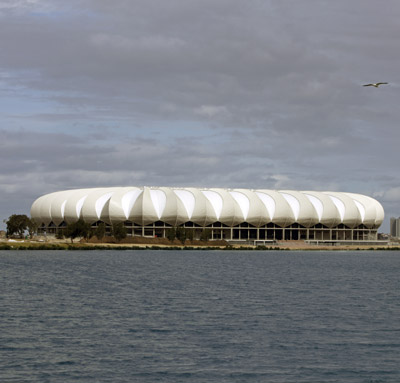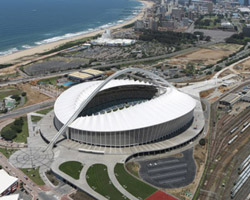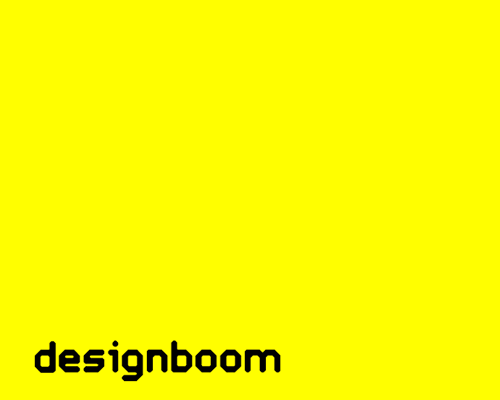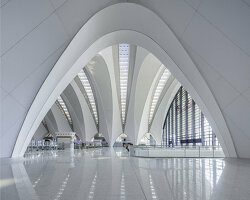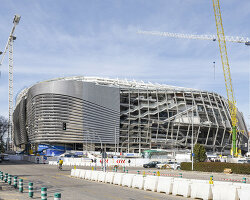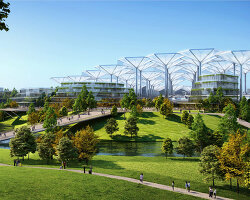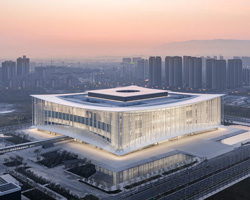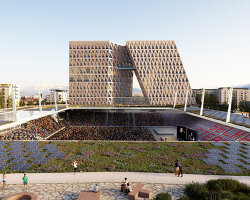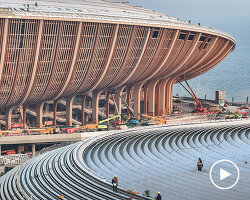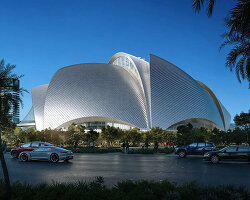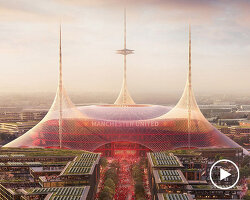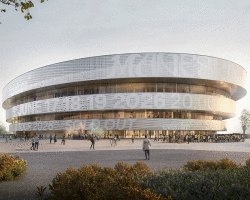greenpoint stadium, cape town, south africa
the greenpoint stadium in cape town was designed by german firm gmp architekten together with local point architects and louis karol architects. the new structure is one of the major stadiums intended to host the semi-finals of the world cup, 2010 FIFA world cup south africa, beginning next month.
 site construction still in progress
site construction still in progress
the geography of cape town is uniquely dominated by the contrast of the horizontal line of table mountain massif, signal hill’s gently undulating landscape, with the atlantic ocean surrounding it all. green point stadium is a landmark building in the parkland of green point common at the foot of signal hill, and blends respectfully with the landscape as a whole.
the job was to design a stadium on the green point common, which historically was a rocky wasteland until 1923, when the government of the union of south africa turned it over to the city as common land in which recreational areas and sports facilities would be set-up. over the recent decades, the area of common land has been cut away, most of it no longer publicly accessible, having been leased to private sports clubs and other organizations.
today, it acts as an 80 hectare public park in the city’s center,surrounded by residential areas, with cape town’s central business district located on the old victoria & albert waterfront, nearby.
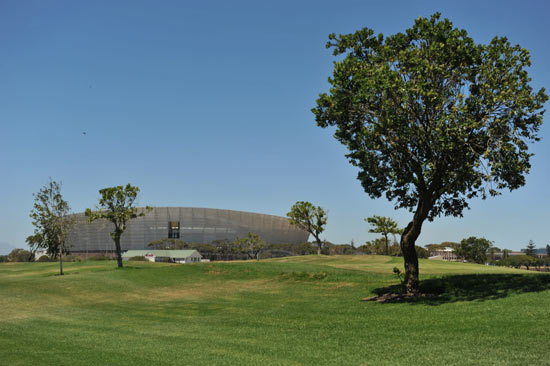 the stadium from a distance
the stadium from a distance
the lightweight concept of the stadium blends respects its surroundings with its unobtrusive design. the outer shell of the stadium has been designed as an abstract, linearly articulated membrane structure with a translucent exteral skin that reacts to the varying weather and daylight conditions. its unique undulating silhouette – the result of the geometry of the stadium – gives the stadium the image of a sculptural object, enhancing its integration into the existing landscape.

the structure consists of extensive concave features forming a uniform, flowing façade that follows the undulations. the light-colored glass fiber mesh boosts this effect, its coloration generating depth and vitality. the translucent surface absorbs and reflects the changing atmosphere of the daylight.
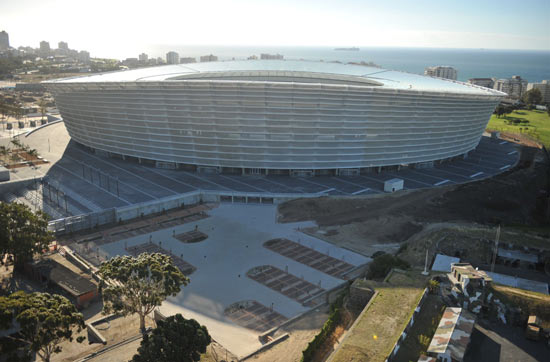
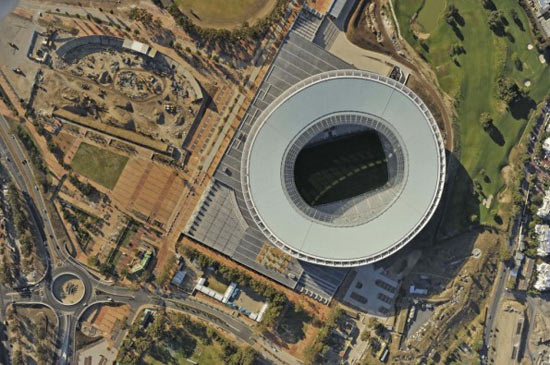
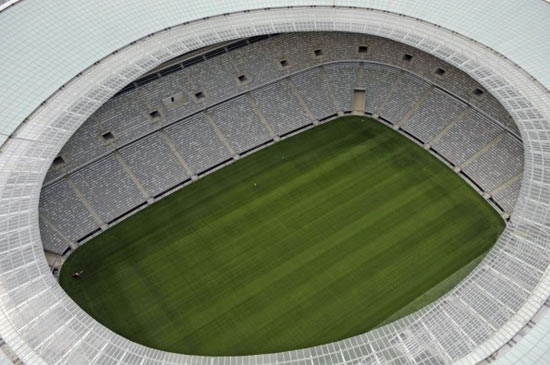
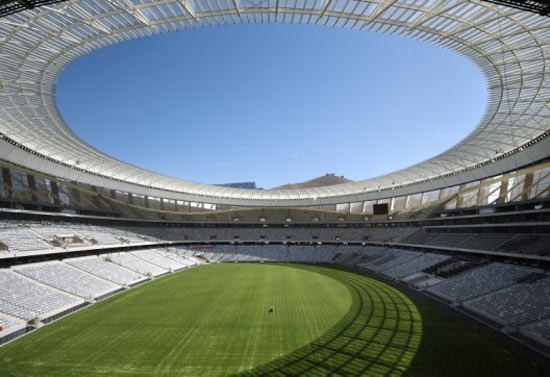 a view of the pitch
a view of the pitch
designed for both football and rugby games, the stadium has three tiers with seats for approximately 68,000 spectators. broad access promenades on levels 2 and 6 form ‘lobbies’ around the stadium arena, which allow visitors freedom of movement and ease of orientation around the stadium.
the angle of inclination means that all seats have the best possible sighting of the pitch. the interior of the stadium is designed to focus all attention on the pitch – which can also be seen from the lobby – thereby generating an atmosphere of intimacy and excitement. the lobby, at a height of 25 m offers a panoramic view over green point common, the city and ocean.
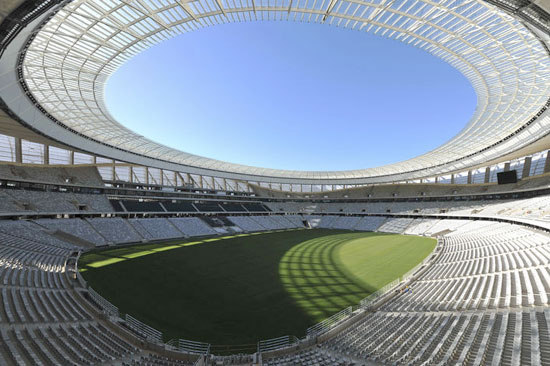 alternative view of the pitch
alternative view of the pitch
the parabolic profile of the stands gives spectators an optimal view of the pitch. the top tier’s curving outline, contrasts with the more muted curves of the roof edge. for the purposes of the 2010 world cup, temporary rows of seating will be installed.
due to the nature of the site and the rocky subsoil in which it lies, the pitch and bottom tier of the stadium could not be sunk into the ground. in order to reduce the apparent height of the stadium, the architects have provided an elevated plateau as an artificial landscape feature, mediating between the surroudings and the stadium, lessening the perceived height of the stadium.

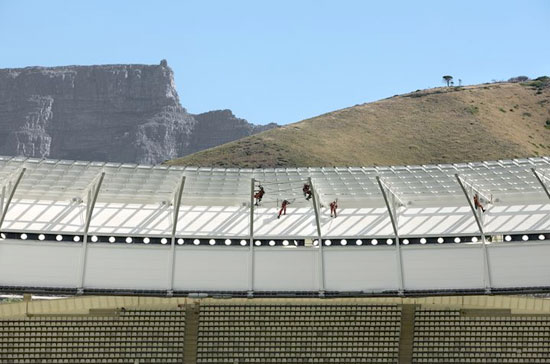 construction being done on the roof
construction being done on the roof
the roof structure is a combination of a suspended roof with radial truss systems. the saddle-shaped, undulating roof with a truss-girder system is covered with 36, 000m2 laminated safety glass, with a diaphanous membrane skin on the interior, preventing wind suction upwards.
the inner, 16m-wide ring consists of clear glass which allows natural light to come through, while the external glass is enameled, reducing heat dissipation, and cutting light intensity by about 80%.
the space between the glass covering and the membrane integrates camouflages technical elements such as a public address system and lighting as well as offering weather protection and sound insulation.
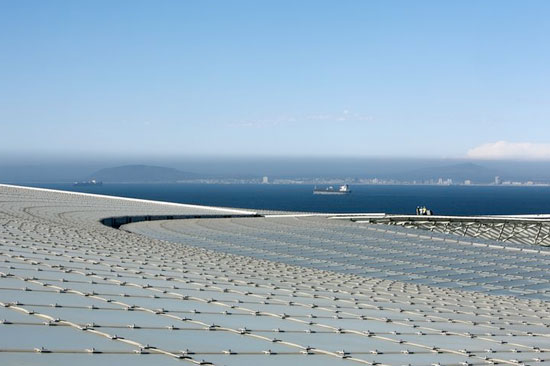 the rooftop clad in laminated glass
the rooftop clad in laminated glass
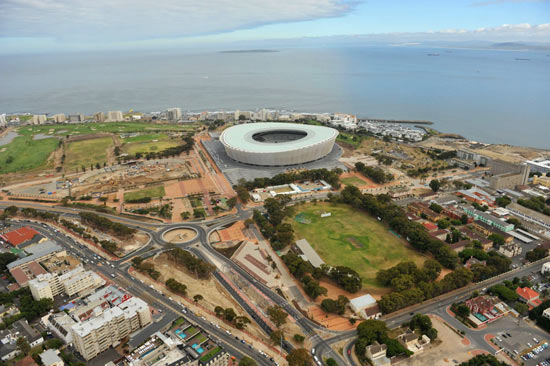 greenpoint stadium
greenpoint stadium
 the roads leading to the stadium
the roads leading to the stadium
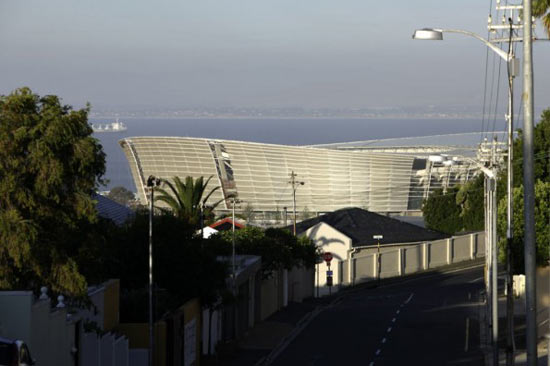
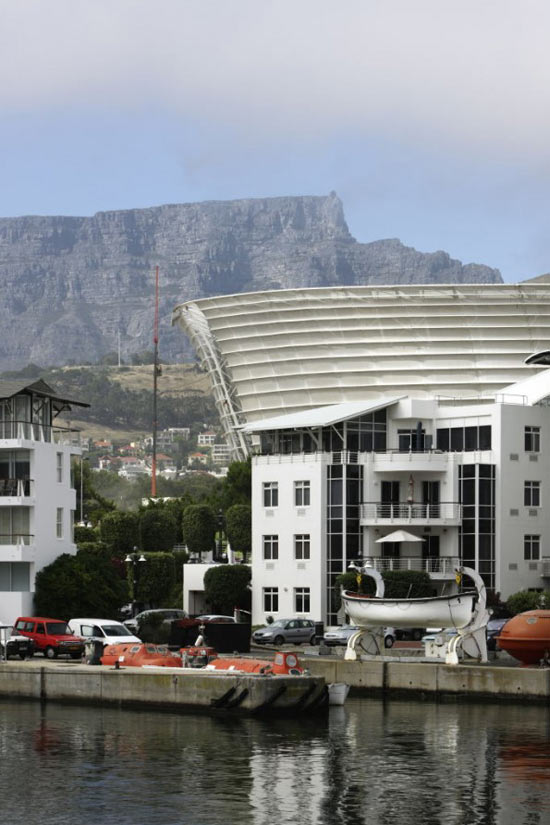
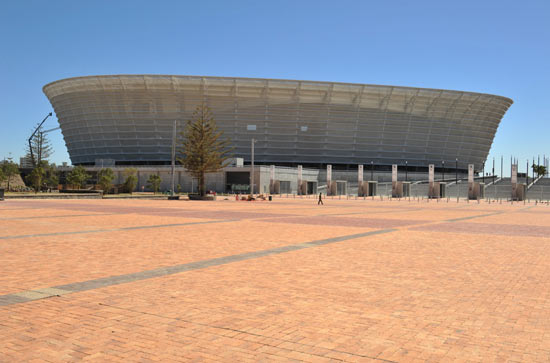 outside the stadium
outside the stadium
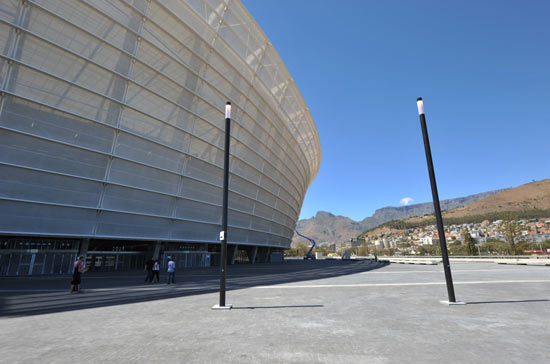 outside the stadium
outside the stadium
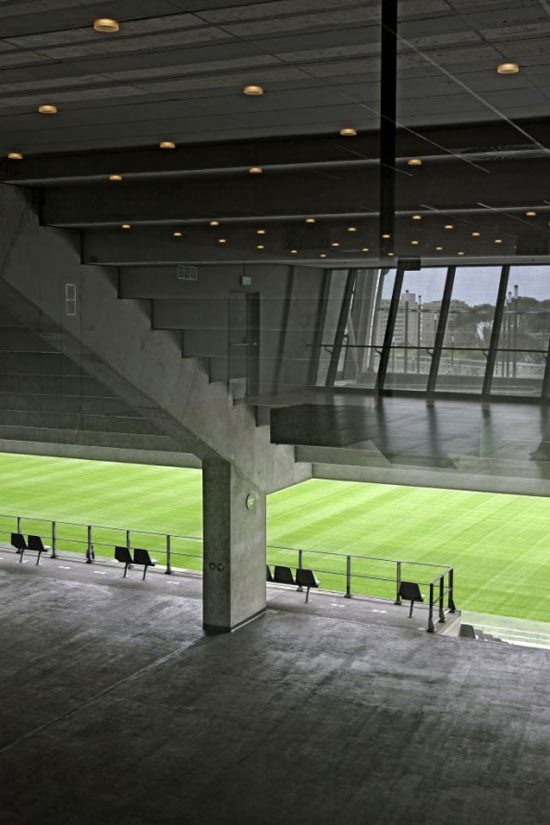 inside the stadium
inside the stadium
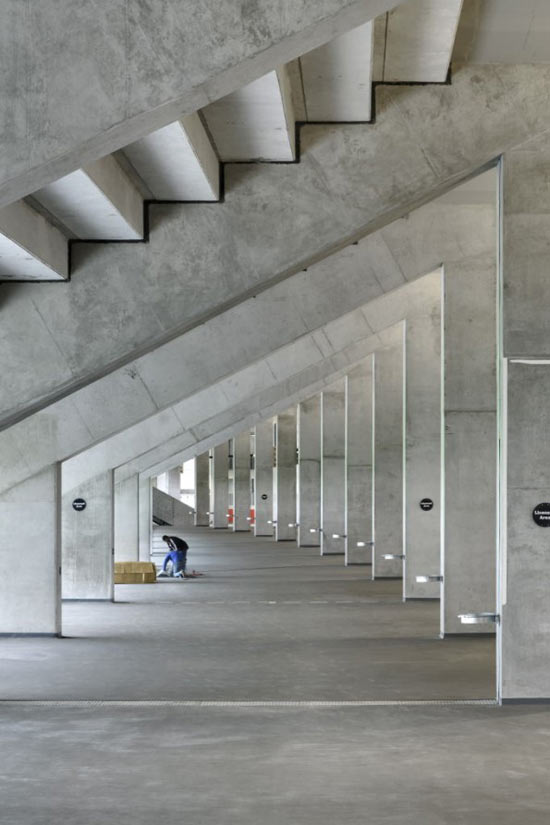 inside the stadium
inside the stadium
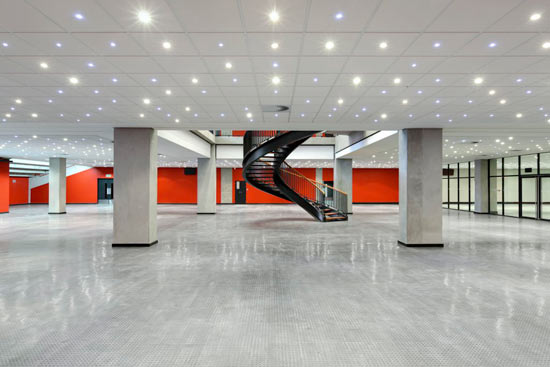 inside the stadium
inside the stadium
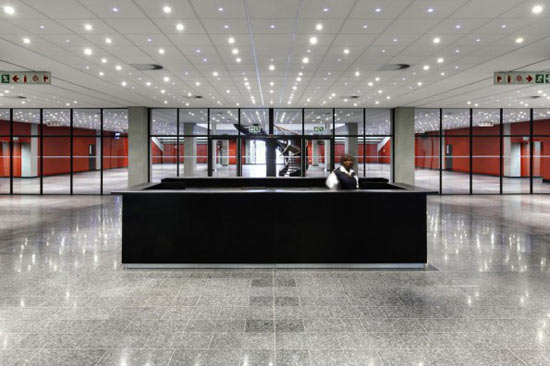 inside the stadium
inside the stadium
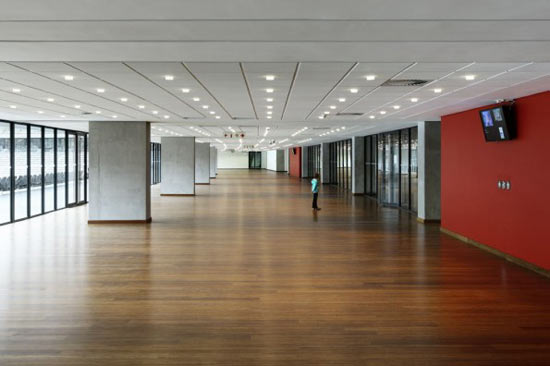
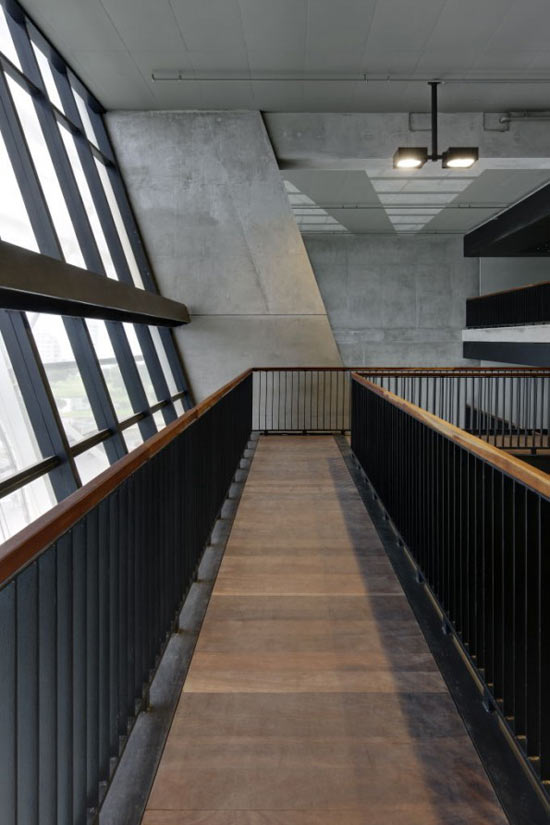 inside the stadium
inside the stadium
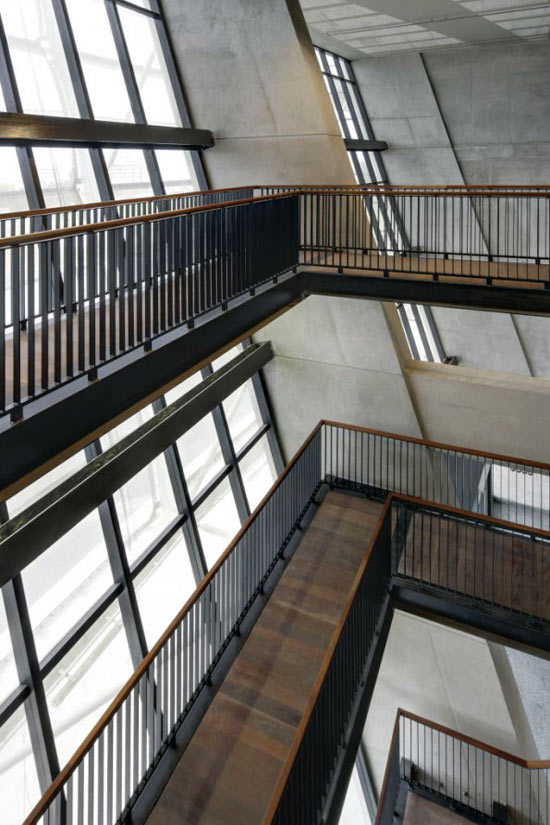
 the stadium from a distance
the stadium from a distance
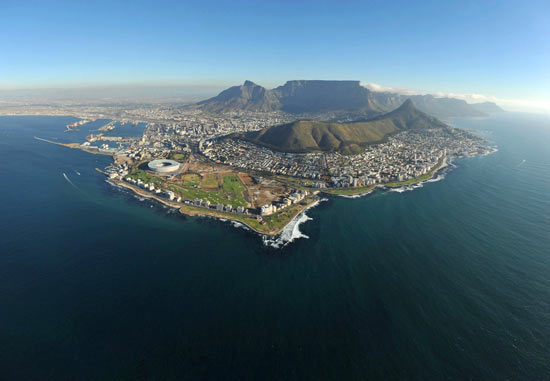 aerial view of cape town
aerial view of cape town
 aerial view of cape town
aerial view of cape town
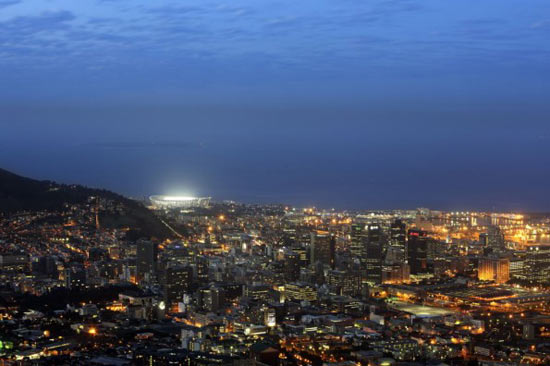 stadium from afar
stadium from afar
 stadium in the early evening
stadium in the early evening
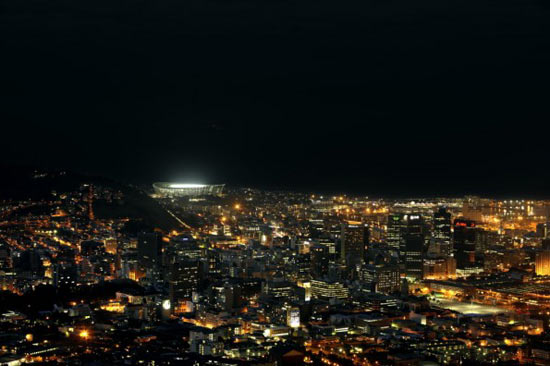 stadium at night
stadium at night
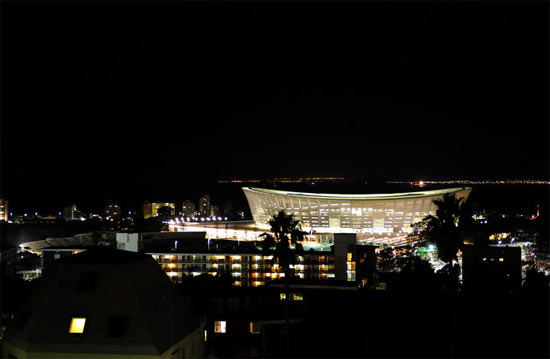 stadium at night
stadium at night
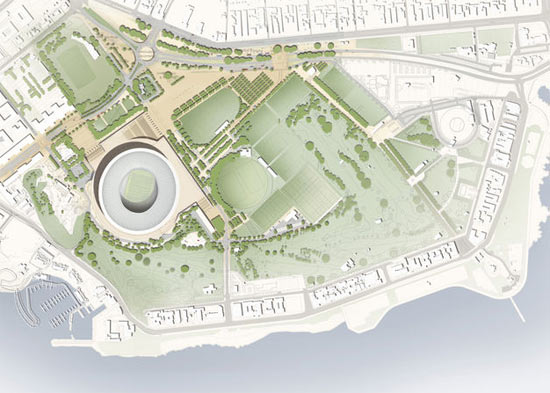 site plan
site plan
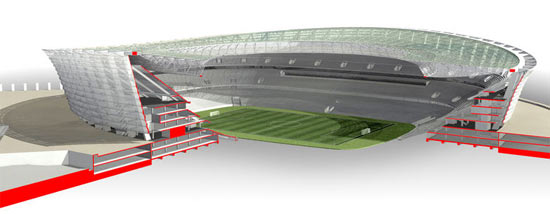 section view
section view

elevation view  elevation view
elevation view
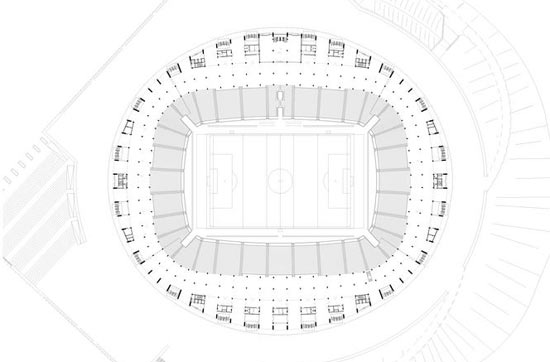 stadium plan
stadium plan
 stadium plan
stadium plan
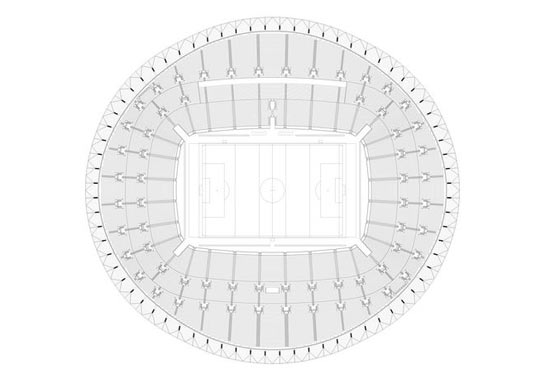 stadium plan
stadium plan
project credits:
design: volkwin marg und hubert nienhoff mit robert hormes partner: hubert nienhoff project managers: robert hormes, projektmanagement: michèle rüegg project team design: holger betz, christian blank, margret böthig, sophie baumann, martin krebes project team execution: christian blank, margret böthig, sophie baumann, lena brögger, martin glass, chris hättasch, patrick hoffmann, andrea jobski, martin krebes consortium with: louis karol architects, point architects, kapstadt structural engineering roof: schlaich bergermann und partner stadionrund: bks (pty) ltd, engineering and management, iliso consulting, henry fagan & partners, kfd wilkinson consulting engineers, arcus gibb consulting engineers, alle kapstadt technical building equipment: bks (pty) ltd, wsp (pty) ltd, ilsio consulting, goba consulting, all cape town electrical engineering: bks (pty) ltd, wsp (pty) ltd, arcus gibb consulting engineers, all cape town sanitary installation/ heating: wsp (pty) ltd, bmds consulting engineers, integrate consulting engineers, ubunye engineering services, alle kapstadt landscape architects: ovp associates landscape architects urban design: comrie wilkinson architects & urban designers, jakupa architects and urban designers, ovp associates landscape architects, alle kapstadt structural fire protection: bramley & associates, kapstadt traffic planning: bks (pty) ltd, ilsio consulting, arcus gibb consulting engineers, pendulu consulting, axios consulting, ashakhe consulting, alle kapstadt project management: mda mitchell du plessis associates, bks (pty ltd), engineering and management, ariya project managers, ngonyama okparnum associates, alle kapstadt general contractor jv: murray & roberts, wbho construction management: bks (pty) ltd, engineering and management, kapstadt construction period: 2007–2009 number of tiers: 3 seats: 68.000 client: city of cape town, spv 2010 roof: laminated safety glass elements/ diaphanous pvc membrane roof surface: 35,000 sqm photos: marcus bredt, berlin and bruce sutherland, cape town



